-
GETTING THERE
-
Uzbekistan Airways (www.uzairways.com/en) operates a weekly service between Singapore and Bishkek, the capital of Kyrgyzstan, via Tashkent, Uzbekistan.
-
TIPS
-
• A packed bicycle can be accepted on the flight as part of the baggage allowance.
Cycling through Central Asia and seeing remote corners of the Russian Empire
A solo cycling trip across Kyrgyzstan and Tajikistan is pure adventure amid snow-clad peaks, grasslands with lone horsemen and Alexander the Great battle sites
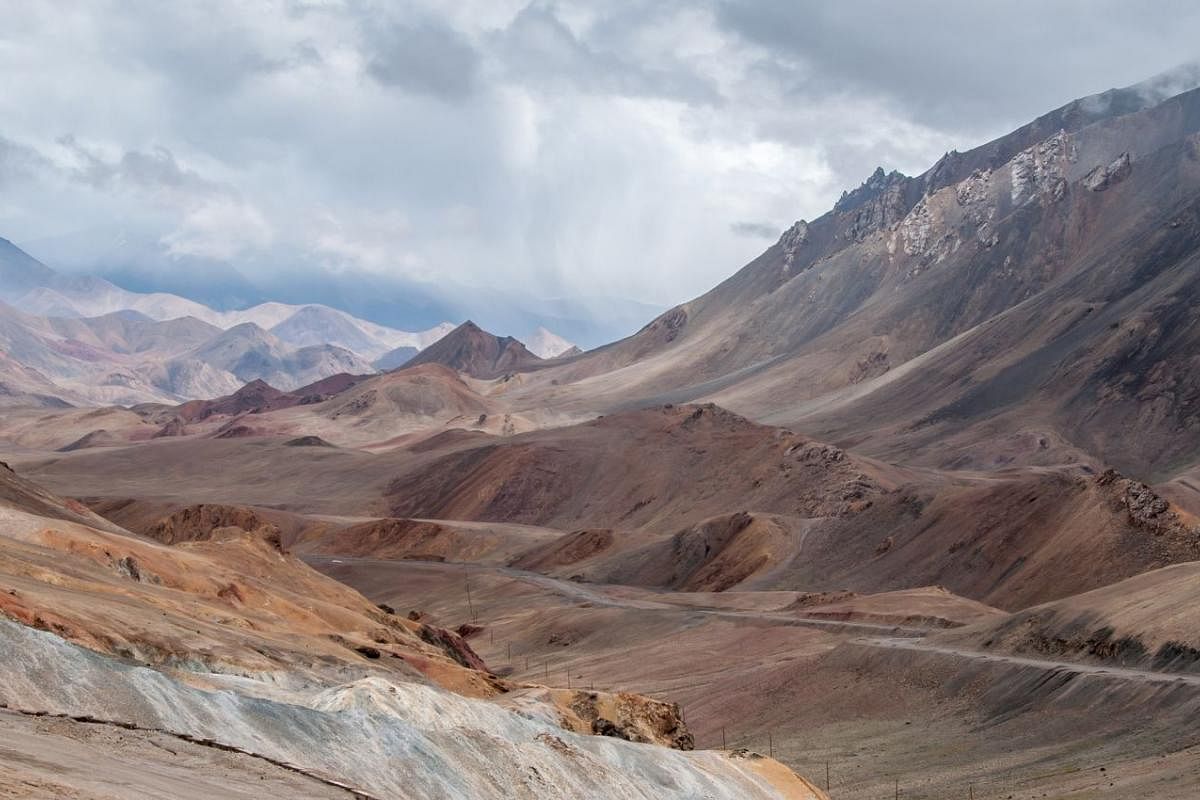
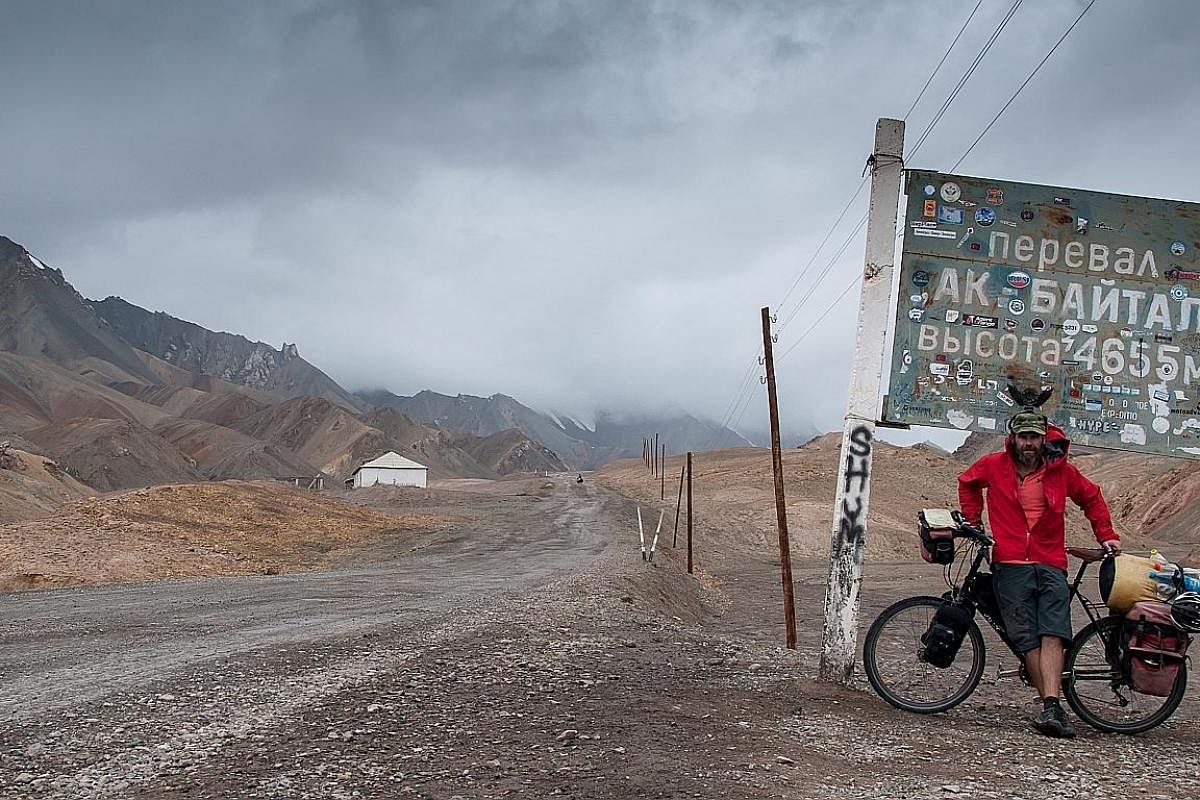
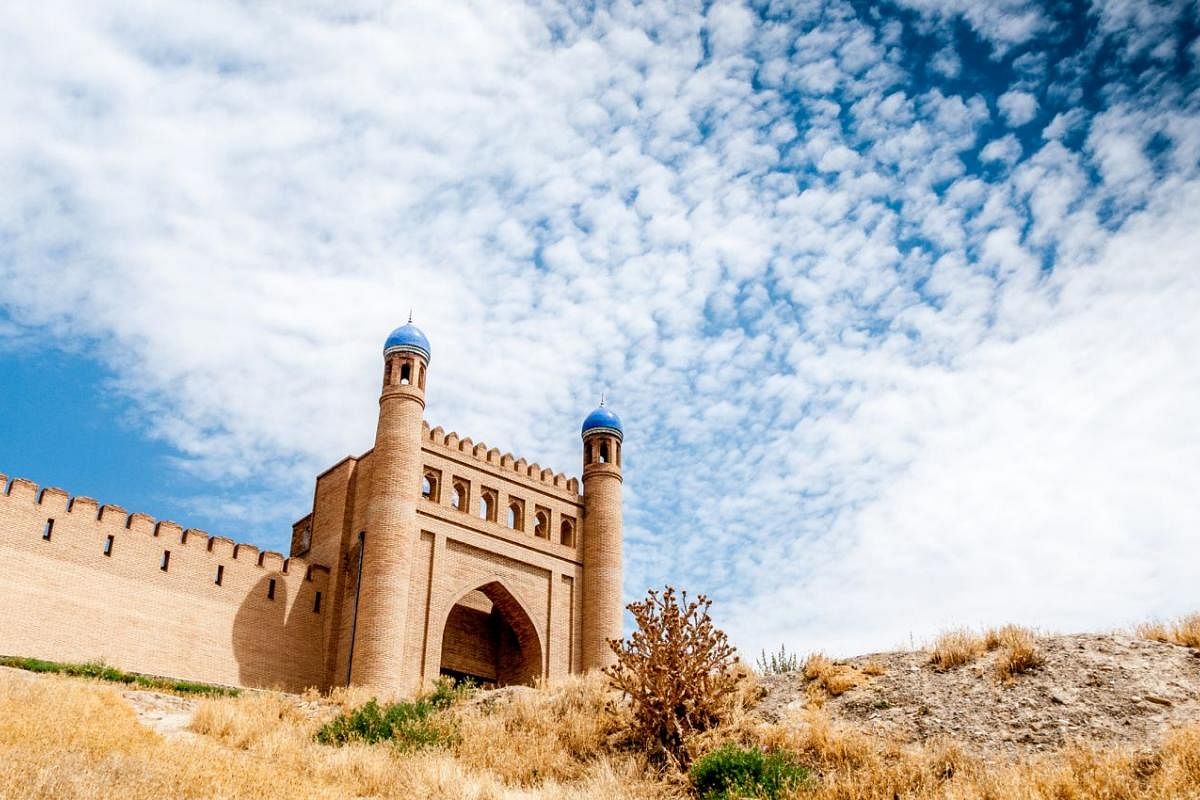
The Pamir Mountains of Central Asia have always symbolised a piece of unfinished business for me, after my 12-month cycling trip from London to Singapore in 2005 and 2006.
At the time, winter was on its way and I needed an additional visa for Tajikistan. So I chose to bypass the country and missed out cycling the high-altitude Pamir Highway.
This road traverses the isolated roof-of-the-world Pamir region and is the planet's second-highest international highway at 4,655m. It was built during the 19th century to reach one of the remotest corners of the Russian Empire. The world's highest road is Karakoram Highway - a little loftier at 4,693m - and it links Pakistan and China.
The Pamir Highway begins in Uzbekistan and crosses the length of Tajikistan, following the Afghan border to the south before turning north beside the Chinese border and terminating in the ancient city of Osh in Kyrgyzstan.
Having completed another extended cycling trip through Latin America between 2012 and 2013, I had made a promise to myself to settle back into normal life and not to go cycling for a very long time. But over the last couple of years, my Singaporean wife Wai Yeng and I had been hosting a steady stream of touring cyclists and their tales of derring-do had been chipping away at my resolve.
By the start of summer last year, I finally cracked, borrowed a lightweight tent from a friend and bought a ticket to Bishkek, the capital of Kyrgyzstan.
Over several evenings of discussions with cyclists who had pedalled the same region, the general route across Kyrgyzstan and Tajikistan was hatched: Bishkek, Osh, Fergana Valley, Dushanbe, Korog, Wakhan Valley, Murgab, Karakol lake, Sary Tash and back to Bishkek.
This would involve three months of blissful solo riding, covering a distance of more than 3,000km and spanning a terrain of snow-clad peaks, vast lakes, grasslands with lone horsemen, Alexander the Great battle sites and other splendours.
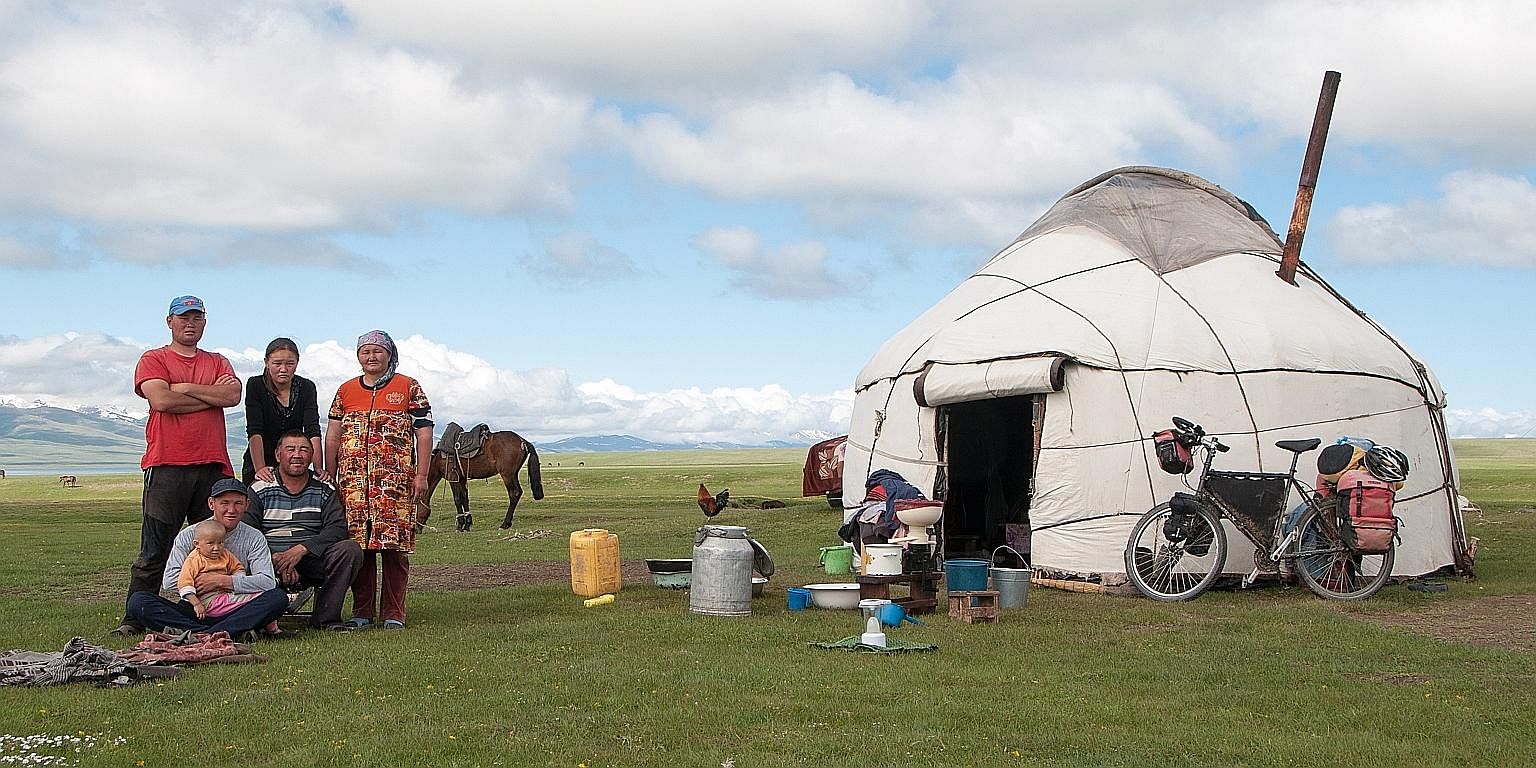
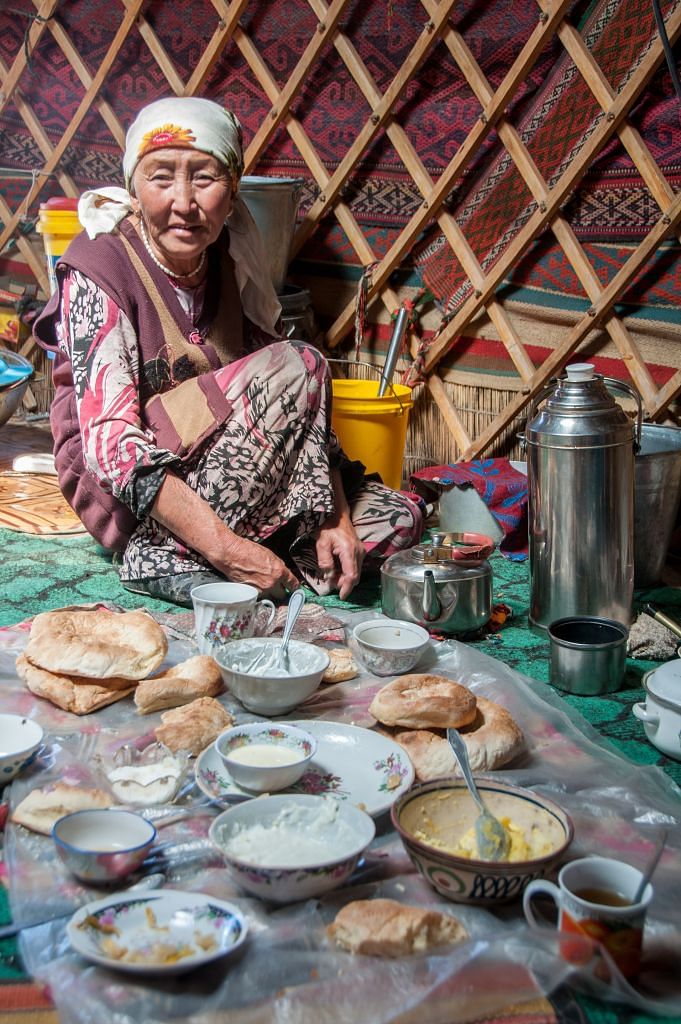
LAKE VISTAS
Starting from the capital Bishkek, I cycled east for three days before reaching Issyk-Kul Lake. Its geo-thermally heated waters create a special microclimate, especially in winter when the waters of the lake do not freeze, making it a popular winter training ground for Russian athletes.
The mild climate, fresh air and backdrop of snow-topped mountains mean the lake is popular among Khazakh and Russian tourists during summer, with numerous sanatoria and vacation homes along its shores.
I spent a week cycling around the lake, which is more than eight times the size of Singapore, hopping from one homestay to another along its shore.
Here, a rest day stop in the lake resort town of Cholpon Ata provided an interesting side trip to a field of glacier boulders. A sacrificial site for Saka priests between the eighth century BC to first century AD, it is now known for the petroglyphs from the late Bronze Age. The most striking petroglyph shows long-horned ibex being hunted with tame snow leopards.
After my week in this lake district, it was time to head towards Lake Song Kol. The lake view vista changed into sweeping grassland dotted with grazing herds of horses, goats and the odd lone horseman. Snow-capped mountains loomed in the distance, a constant reminder of the climbs in store over the next couple of months.
Driving rain and headwind contributed to a miserable climb up the 3,400m pass to Lake Song Kol, where walls of snow measuring up to 6m still flanked the road.
Then having descended to the valley floor of Lake Song Kol at about 3,000m, a guy on a horse came galloping and invited me to stay in his yurt. Freezing cold and soaking wet from the waist down, I was delighted to get inside the yurt to dry off - and even more so to be given tea and a steaming bowl of soup with homemade bread.
By 8pm, the sun was down and we headed outside to round up the sheep and goats into an enclosure to protect them from wolves.
Supper was a lump of horse meat cooked with pasta and potatoes on a peat-burning stove and tasted great.
As daylight faded, I drifted off to sleep staring at the ceiling, lit by a dim solar lamp - peat smoke in the air, listening to Russian/Kyrgyz folk music on the crackly radio.
Leaving the valley, I passed grassland covered with yellow wildflowers, reminiscent of an earlier bike trip in northern Argentina that I had done with my wife on a section of the old Ruta 40, the longest road in the country .
Soon, a short but steep climb up to another pass and the view down the other side was like what I would imagine Switzerland to be - big beautiful gorge, pine trees, cliffs and green, green grass everywhere.
Eight more days of mostly dirt road riding with another snowy pass took me to the second-largest city of Kyrgyzstan, Osh, and into the agricultural land of the Fergana Valley, with temperatures now averaging 40 deg C.
I spent my rest days in Osh to time my arrival in Tajikistan to coincide with the start of my Tajik visa. This gave me ample time to rest and catch up on mundane errands, such as getting a haircut and arranging for a tear in my rear panniers to be mended by the local tailor.
SILK ROAD REMNANTS
I crossed into Tajikistan after a month of cycling and my first rest day here was spent in Khojand, the site of a city founded by Alexander the Great, now occupied by the remains of a large 10th-century mud-brick citadel, and a battle zone during the civil war in 1997.
Like any other town in the Fergana Valley, it was too hot to do anything outside during the day, but the place came alive after 8pm - with parks and restaurants packed with families until well after 10pm.
Another well-known city in the Fergana Valley is Istaravshan, a large Silk-Road era city, with a large earth fortification, and the site of battles with both Alexander the Great and the Arabs.
Walking through the streets, I was invited by a friendly local into his courtyard for tea and to take photos of his pigeons. The next morning was spent visiting the Hazrat-i-Shah Mosque with its beautifully painted ceilings. The very friendly English-speaking iman led me inside the mausoleum of one of the cousins of the Prophet Mohamed.
TUNNEL OF DEATH
Getting to Dushanbe, the capital of Tajikistan, involved four more days of cycling, passing women selling apricots by the side of the road, mobile bee trailers as well as getting a lift through the infamous Anzob tunnel.
The 4.5km tunnel, which begins at an altitude of 3,500m, is ominously known as the Tunnel of Death as it was opened to traffic before completion, resulting in fatalities through carbon monoxide poisoning.
Reports from cyclists passing through the year before highlighted the tunnel as a real mess: floods, no lights, huge potholes, suffocating engine fumes and risk of falling rock. All these naturally led to my decision to hitch a ride.
As my bike was being strapped to the roof of a 4x4, I squeezed in, becoming the 10th occupant. I expected to just plod our way through, but what I didn't know was the tunnel had been completed and the driver simply floored it at 100kmh, overtaking everything. Cars heading in the opposite direction desperately flashed their headlights.
Now, five weeks into the trip, a greater adventure began when I reached the famed Pamir Highway. Once part of the Silk Road, the highway weaves between soaring mountains, passing sprawling desert and rising to a peak altitude of 4,655m.
The challenging conditions and stunning scenery are a magnet for adventure cyclists.
My plan was to follow the Pamir Highway eastwards to Qal'ai Khumb town, where the road meets the Panj river, and head south up the high-walled Panj valley with Afghanistan on the opposite side of the river to Khorog, a small town in the heart of the Pamir mountains.
As I began cycling, huge vistas loomed where the Obi Khingob River widened and, at other points, I saw locals fishing from the river bed.
A wrecked tank with its turret 20m downstream was a stark reminder of the not-too-distant civil war that began a year after the country declared independence from the Soviet Union in 1991. Warning signs of land mines were also still visible from the road.
FRIENDLY AFGHANS
From Qal'ai Khumb, the highway headed south up the high-walled Panj valley with Afghanistan on the opposite side of the river for the next 500km. The Afghans, from their low stone huts, would exchange waves and pose for photos. They were also busy, with many valiant attempts at blasting, scraping or hammering newer, wider roads into the rock face.
From Korog, I made a side trip, cycling two days to the Wakhan Valley. This is a 400km strip of land extending from the north-east of Afghanistan, a buffer zone agreed to by the British and Russian Empires in the late 19th century when their frontiers came too close for comfort.
Guarded by the formidable Hindu Kush and Pamir mountain ranges, the elevation averages above 2,500m and the low pressurecaused the packaging of my sponge cake to fill out like a balloon.
My first night in the Wakhan valley was in a homestay hosted by a teacher named Gulmammad. He had built the house himself from money he saved while teaching in Russia for five years. He had also worked in Pakistan and he had walked there, taking four days.
In the evening, Gulmammad was drinking vodka, in the mood to chat. There was a wrecked Lada car in the garden, which he explained he had been driving while drunk a few nights ago. He came off the road and landed in the river with four other passengers. If I had interpreted his miming correctly, he had to swim back to the bank.
HIGH ANXIETY
After leaving the Wakhan valley, there were three more high passes to be scaled - Khargush Pass (4,344m), Ak-Baital Pass (4,655m) and Kyzylart Pass (4,280m) - before returning to Sary Tash, Kyrgyzstan.
I was joined by a professional photographer, Pierre, a French cyclist with an American accent and German bike during this leg of the trip. The wind was howling down the valley. Rain and sleet forced us into our tents before it got completely dark.
At the high elevation, I woke up gasping for air. It was 4,240m where we camped, according to Pierre's altimeter. Another night, I woke up several times with altitude-related anxiety dreams of me arranging new stamps on the clean pages of my passport.
After the final pass, I made my way to Sary Tash town in Kyrgzstan. During my earlier trip from Britain to Singapore, I had passed through Sary Tash on the way to China. I was very ill and stayed with a family 40km west of the town. I had posted some photos to them, but never knew whether they had received them. This time, I printed another set of photos for them.
Unexpectedly, the rear tyre of my bike exploded twice as I left Sary Tash, so our reunion after 11 years was not to be.
Travelling without a spare folding tyre, my trip was effectively over and I hitched a lift on a 4x4 to Osh city in Kyrgyzstan where I arranged for transport back to Bishkek for my return flight to Singapore.
Despite having to end the trip early, the journey, especially along the Pamirs, was fully memorable for its splendour and local experiences.
Since then, three cyclists I met on the road there had continued their quest and arrived in Singapore this year. My wife and I hosted them and I was transported again to the grand Pamirs.
• The writer is a British architect married to a Singaporean who has also joined him in biking adventures. Between 2012 and 2013, they cycled through the Americas.
Join ST's Telegram channel and get the latest breaking news delivered to you.
A version of this article appeared in the print edition of The Sunday Times on July 30, 2017, with the headline Cycling through Central Asia and seeing remote corners of the Russian Empire. Subscribe

